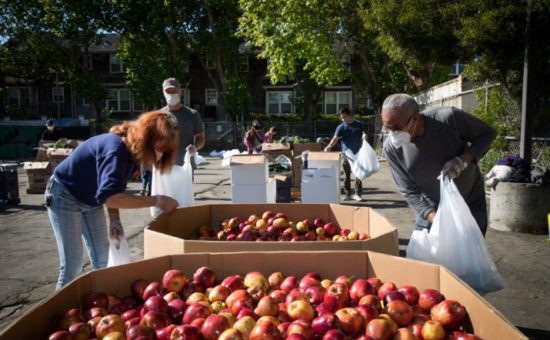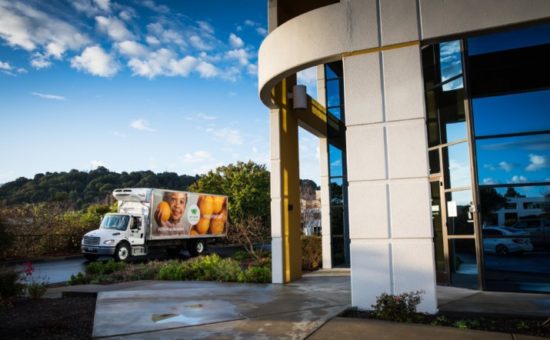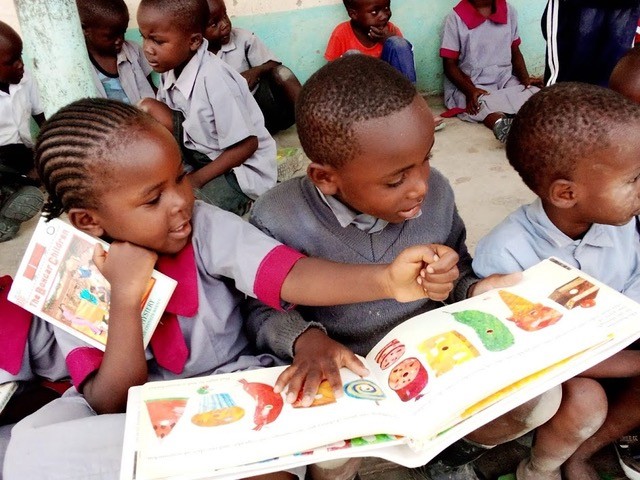
Local Parents and Children Support Literacy in Africa During COVID-19
Portola Valley, CA. Local families are working through the African Library Project to get books into the hands of children in Sierra Leon, Ghana, Uganda, Kenya, Botswana, Malawi, and Lesotho. With the help of volunteers, the nonprofit establishes anywhere from 30-60 libraries per year, even during the pandemic throughout 2020. The process to launch a library is simple as the graphic below suggests, it involves gathering 1,000 gently used or new children’s books and making a $500 donation.
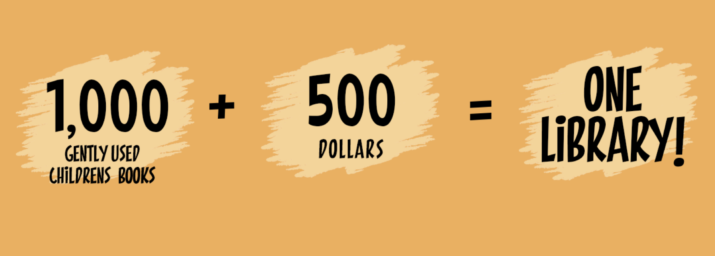
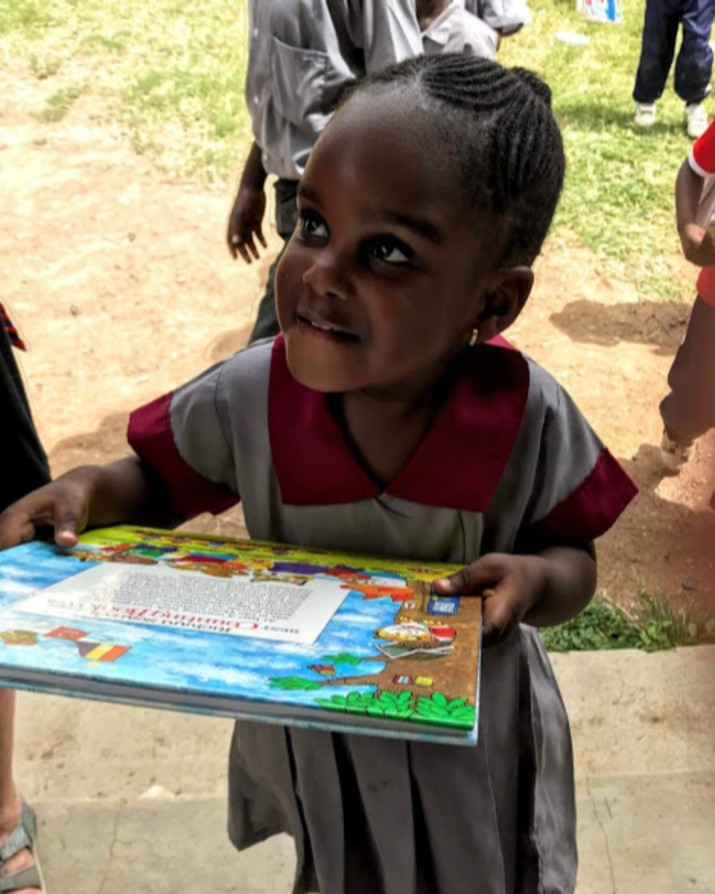
African Library Project establishes partnerships with African-based organizations that specialize in education, library, or community development. The partners must be capable of supporting the development of 30-60 libraries per year.
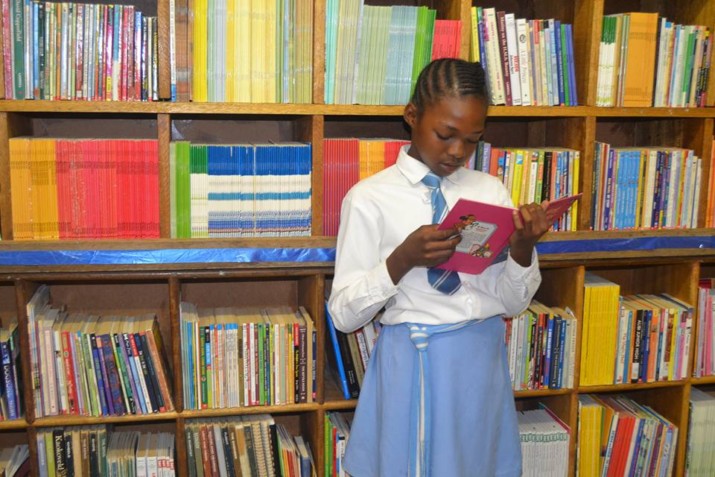
African Library Project works in English-speaking African countries that meet the organization’s criteria for sustainable library development. The nonprofit looks for countries that have a significant need for books and feature political stability, reliable transport of books to destinations, and a network of local organizations capable of organizing books into real, working libraries.

Partners and librarians in Africa unloading donated books. The African Library Project pays close attention to a recipient’s ability to sustain a working library.
Giving children access to books has become urgent because, according to a recent study, separation from the classroom as a part of global attempts to curb the spread of COVID-19 is negatively affecting their developing reading skills. The UN reports a significant decline in literacy and reading ability across the globe.
While all non-profit organizations have dedicated staff that work hard to affect change, most non-profits rely on volunteers. The months of social isolation during the COVID-19 pandemic have taken their toll on all of us. Many remember all the canceled activities and suspended obligations from March of 2020; the wondering in April and May of how long it was all going to last. Volunteer programs were not immune to the confusion of constantly shifting guidelines, nor the concerns for safe and healthy conditions. A report released by VolunteerMatch found that during the early months of the COVID-19 pandemic, greater than 50% of non-profit organizations were experiencing heavy cancellations from their volunteers. Now that many states are re-opening and attempting to return to a semblance of normalcy, a lot of us still feel trepidation at the idea of entering back into public life. Here‘s a little “How To” courtesy of the African Library Project on how you can volunteer to support children’s literacy, re-engage with your local community, and stay safe while doing it. The African Library Project’s online Resource Center features everything you need to help build a library in Africa. It includes fundraising ideas, book drive guidelines, marketing, and outreach tips, quality standards for donated books, and how to pack and ship your completed library.
Below is an example of a poster:

African Library Project advertisement for the 2021 Summer Book Drive volunteer event.
About The African Library Project:
The African Library Project was founded in 2005 by Chris Bradshaw and her family from Portola Valley, California. While visiting remote villages in Lesotho, a small mountainous kingdom in Southern Africa, Chris was inspired to work toward ending the cycle of poverty and illiteracy when she found out that there was only one public library in the country. She realized the simple act of establishing libraries within schools would have a profound effect on communities as a whole.
We are proud to partner with capable and hardworking organizations and individuals who are dedicated to promoting literacy and library development in Africa. In the United States, volunteers organize book drives and raise funds to ship the books overseas. Once those books are gathered and mailed, the African Library Project relies on a network of dedicated partners within Africa to get them to each community – no matter how far. In addition to selecting and vetting each library recipient, our trusted partners provide training on how to set up and run a library in a rural community. They also follow up to evaluate the use of our libraries and encourage good library practices. The African Library Project’s goal is to make sure our libraries remain active and continue to enrich those who need them the most.



